NASA’s 3D Printed Habitat Challenge Design Competition kicked off back in May, when the presence of water on the Red Planet was only speculated. Now that scientists have confirmed there’s water on Mars, the development of 3D printed ice shelters makes even more sense.
Ice House, as the winner of the design competition is called, is the joined effort of Team Space Exploration Architecture and Clouds Architecture Office, and relies on NASA’s “follow the water” approach to exploration. Considering that NASA had to pick one out of 165 submission, Ice House must have impressed the panel very much. One of the key elements that must have contributed to the success of this ice shelter is that it uses readily-available resources (in this case water in a frozen state) to build a habitable structure, much like WASP’s BigDelta, currently the largest house 3D printer in the world, is supposed to operate.
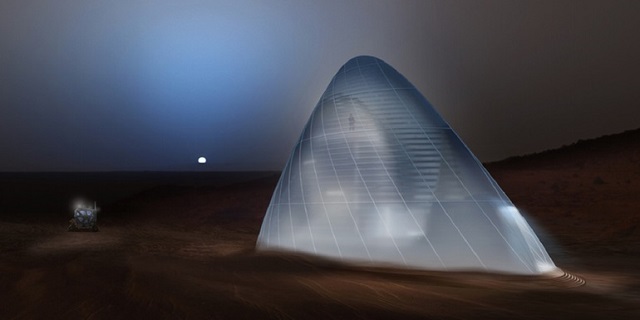
“The creativity and depth of the designs we’ve seen have impressed us,” explained NASA’s Centennial Challenges Program Manager Monsi Roman. “These teams were not only imaginative and artistic with their entries, but they also really took into account the life-dependent functionality our future space explorers will need in an off-Earth habitat.”
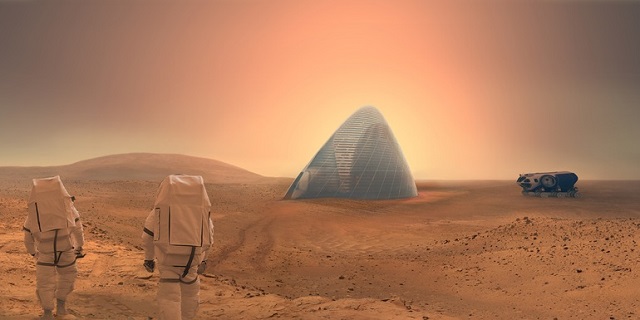
Salty liquid water, the type that has been discovered on Mars this week, typically doesn’t freeze, and that would normally be a problem for a 3D printed project that relies precisely on that.

However, salty water freezes at temperatures below -21 degrees Celsius, and given Mars’ climate, there shouldn’t be any problems there.
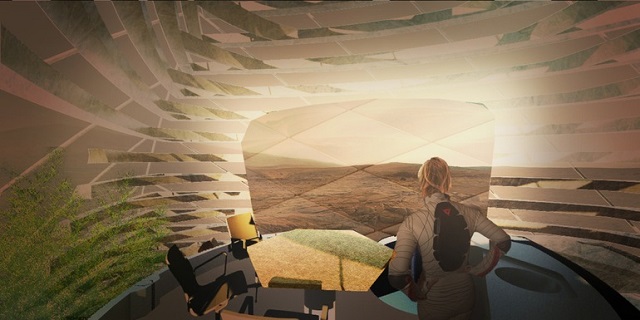
A system of inflatable windows filled with radiation shielding gas could be implemented in the areas where the ice shell is thinner.
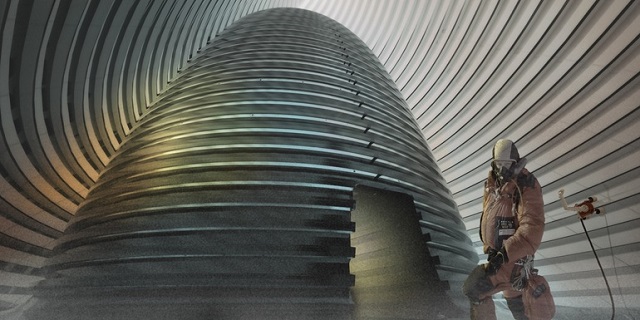
The Ice House would include two sections, with the interstitial one being habitable. Of course, isolating this section thermally would be necessary for the well-being of humans.
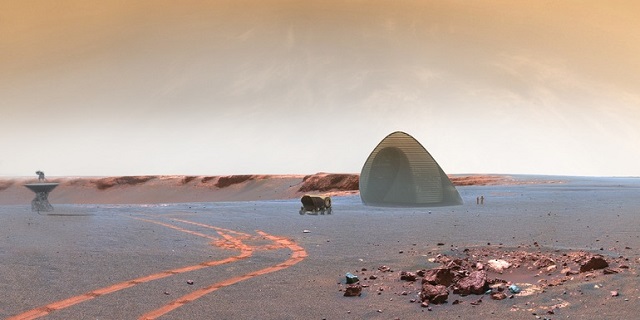
Semi-autonomous robotic printers would gather and deposit water ice in order to complete the construction of the Ice House.

Team Gamma, who won the second place in this competition, proposes large diggers that would excavate a 1.5m deep crater for the foundation of the shelter.
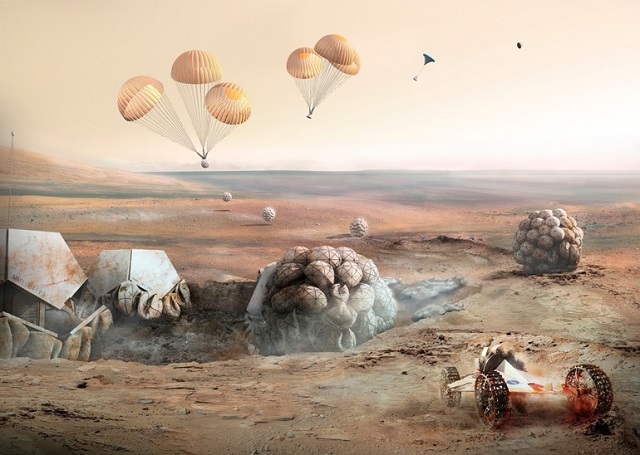
That foundation, or the core of the structure, would be made out of inflatable modules.

There would be overlapping private and shared spaces.
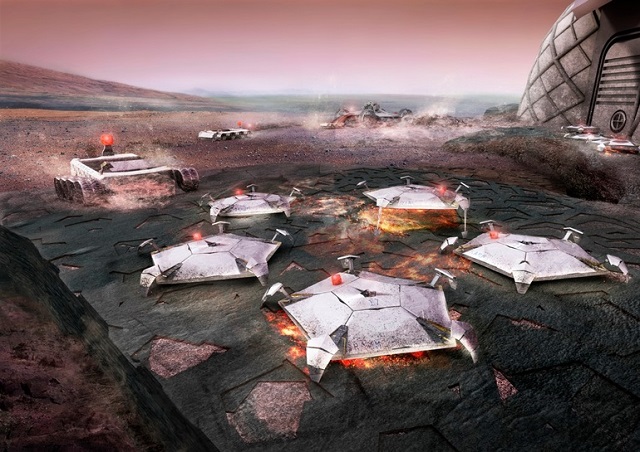
Transporter robots would cover the core in regolith. Afterwards, it is the job of melter robots to design a protective skin.
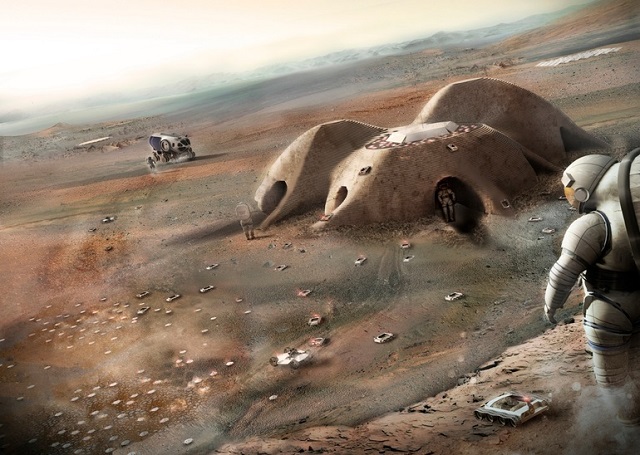
Team Gamma’s 3D-printed Mars shelter is supposed to have an area of 93 sq m.
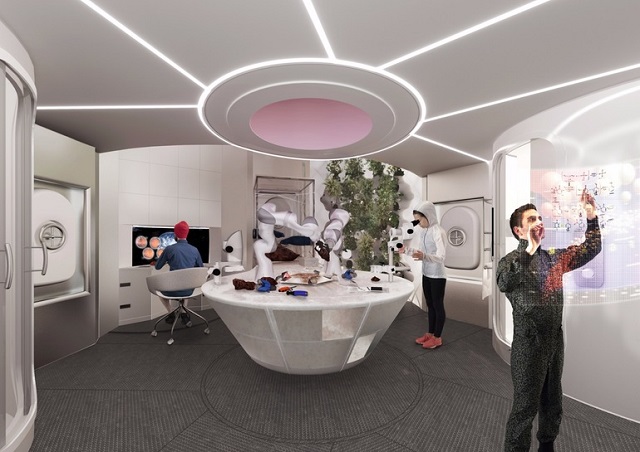
That should be more than enough for four astronauts, as Team Gamma suggests.
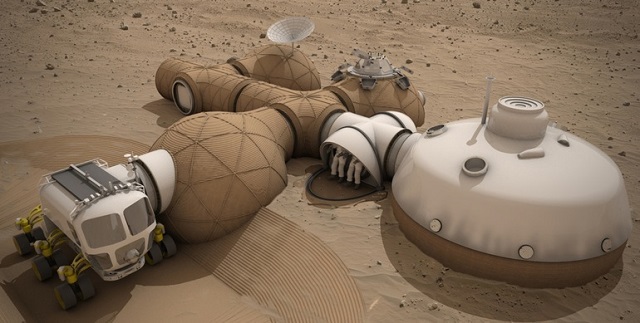
Team LavaHive, who won the third place, took a different approach and suggested using construction rovers with inflatable attachment sections.
The factors upon which the teams were judged included architectural concept, habitability, innovation, functionality, and design approach. Needless to say, each of these would have a major impact in the real world.
Be social! Follow Walyou on Facebook and Twitter, and read more related stories about NASA’s Swarmie robots that will mine asteroids like ants, or Google’s Project Tango smartphone that will empower NASA’s robots aboard the ISS.
Via: GizMag










